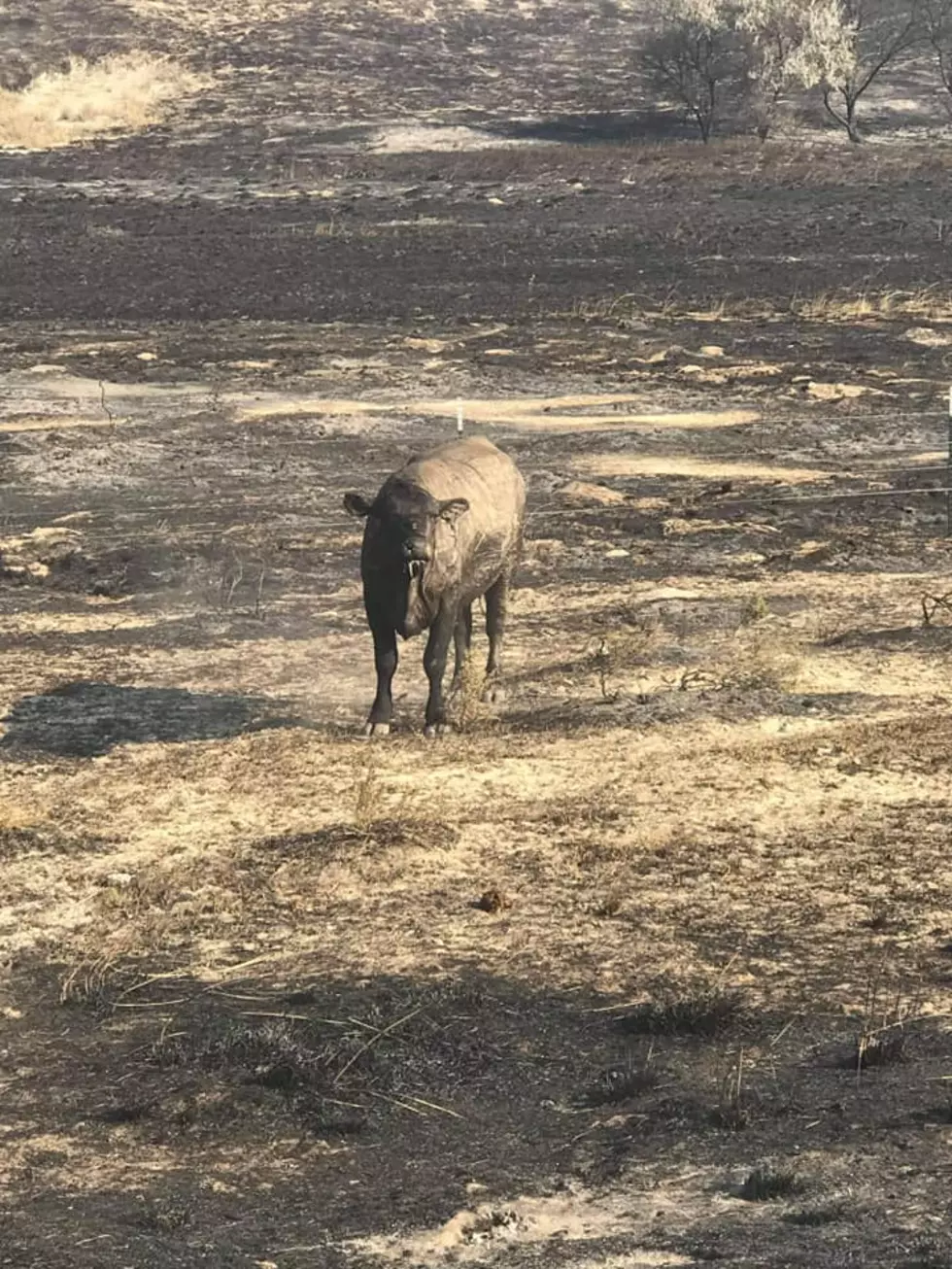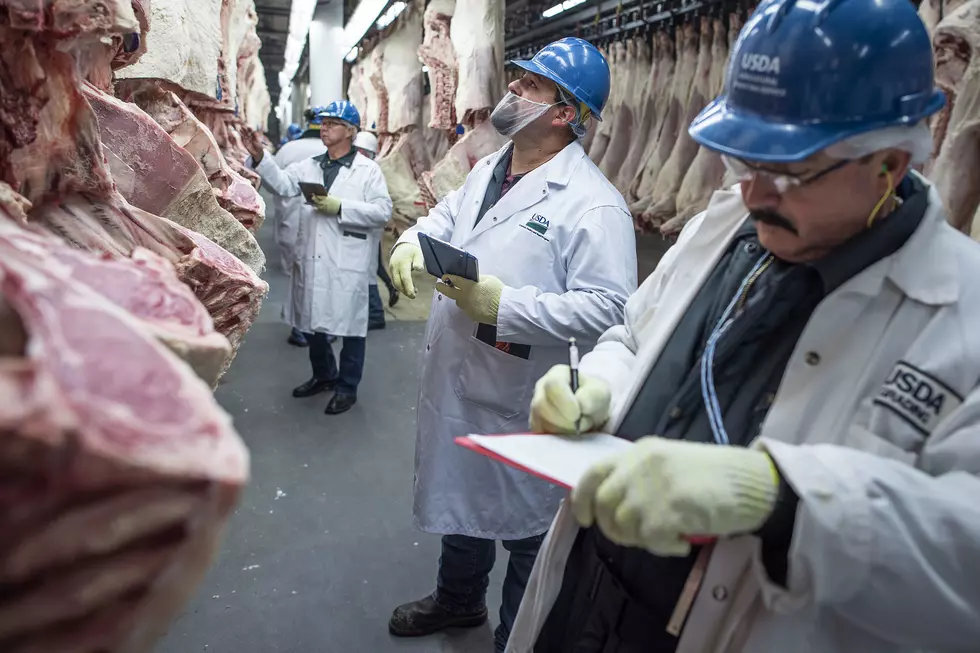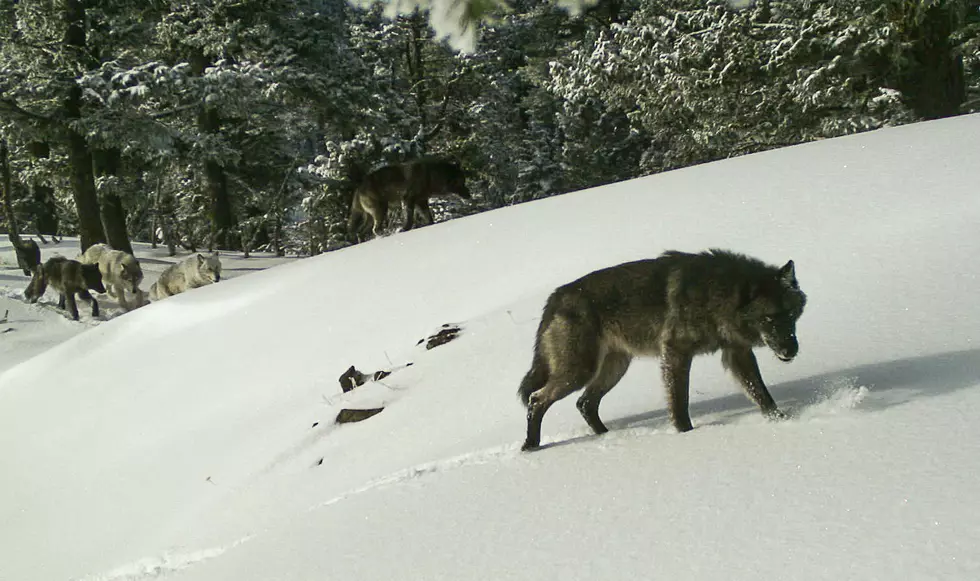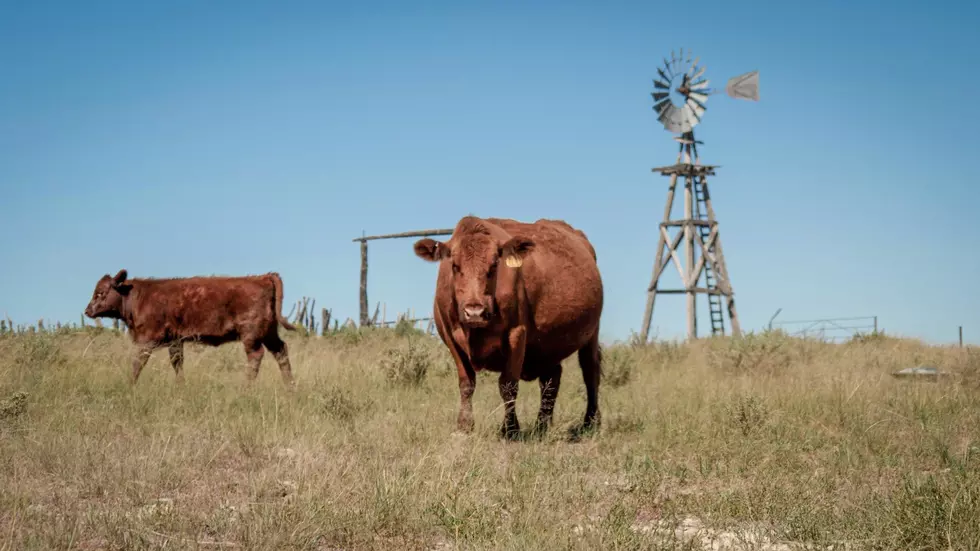
Livestock Owners Must Be Hands-on This Time of Year
As we transition from the cool, wet weather to dryers, warmer conditions, livestock owners are reminded to keep a close eye on their animals. Veterinarian Dr. Susan Kerr says just because a horse or cow survived the winter cold doesn’t mean they are out of the woods. She told the Washington Ag Network livestock may still have their winter coat, which can hide poor nutrition.
“And if people have turned out and they are not supplementing with hay anymore, you could have, believe it or not, animals still dying of malnutrition and starvation right now. So I think a priority is a body condition scoring.”
Dr. Kerr says that means putting your hands on your animal, rather than using visual keys. Another key this year, is proper immunization. She said, often, adults are fully immunized this time of year, but it’s vital to not forget about the youngstock.
“For sheep and goats for example, you can start those Clostridium perfringens type C + D and tetanus, so we call that CDT. It’s good to give those at about 6, 9, 12 weeks of age for the youngstock and pinkeye for cattle before returning them out on to pasture.”
Cattle will also need respiratory disease vaccination, so it’s best to work with your local vet.
If you have a story idea for the Washington Ag Network, call (509) 547-1618, or e-mail gvaagen@cherrycreekradio.com
More From PNW Ag Network









